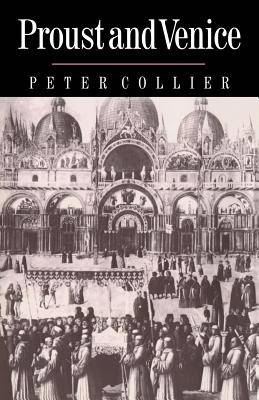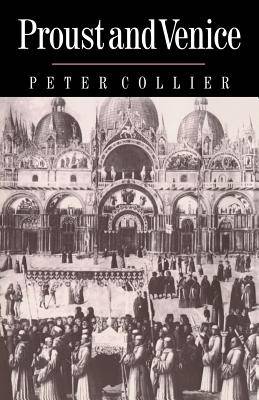
Je cadeautjes zeker op tijd in huis hebben voor de feestdagen? Kom langs in onze winkels en vind het perfecte geschenk!
- Afhalen na 1 uur in een winkel met voorraad
- Gratis thuislevering in België vanaf € 30
- Ruim aanbod met 7 miljoen producten
Je cadeautjes zeker op tijd in huis hebben voor de feestdagen? Kom langs in onze winkels en vind het perfecte geschenk!
- Afhalen na 1 uur in een winkel met voorraad
- Gratis thuislevering in België vanaf € 30
- Ruim aanbod met 7 miljoen producten
Zoeken
Omschrijving
Proust's famous novel A la recherche du temps perdu (Remembrance of Things Past) is a fascinating exploration not only of memory and desire, of high society and everyday life, but also of art. The study focuses on Venice, one of the hero's central obsessions, and shows how a whole network of allusions to art (from Titian to Turner, from Ruskin to Emile Mâle, from Giotto to Bellini, from Byzantine mosaic to the dresses designed by Fortuny after paintings by Carpaccio) ties in with the hero's quest for self-knowledge and self-fulfilment. Peter Collier demonstrates how an understanding of the writer's artistic sources and reworkings can shed light both on Proust's complex prose style and on the aesthetic theory proposed by his novel. Most importantly, Venice and Italian art provide a new key to the central themes of the novel: memory and desire.
Specificaties
Betrokkenen
- Auteur(s):
- Uitgeverij:
Inhoud
- Aantal bladzijden:
- 196
- Taal:
- Engels
Eigenschappen
- Productcode (EAN):
- 9780521673389
- Verschijningsdatum:
- 30/06/2005
- Uitvoering:
- Paperback
- Formaat:
- Trade paperback (VS)
- Afmetingen:
- 140 mm x 216 mm
- Gewicht:
- 254 g

Alleen bij Standaard Boekhandel
+ 149 punten op je klantenkaart van Standaard Boekhandel
Beoordelingen
We publiceren alleen reviews die voldoen aan de voorwaarden voor reviews. Bekijk onze voorwaarden voor reviews.









